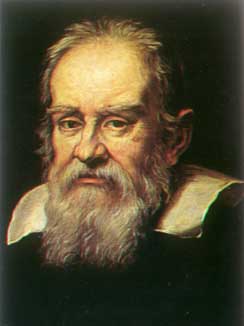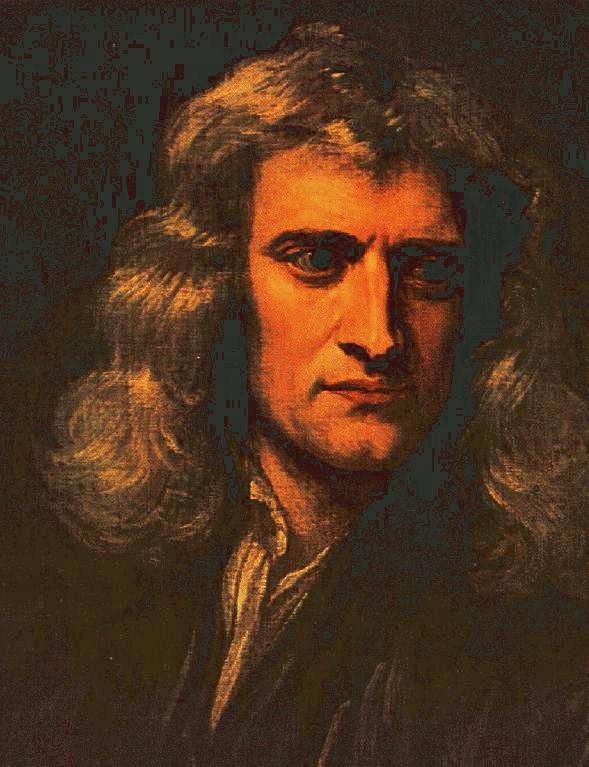
Galileo Galilei (1564-1642)
Although he did not invent the telescope,
Galileo
is credited with being the first
man to turn it to
the night sky. He made observations
of the four
largest moons of Jupiter (now known
as the
Galilean Moons) and the phases
of Venus. These
observations were strong evidence
in favor of the
Copernican model of the Solar System,
namely
that the Earth, and the rest of
the planets,
orbited the Sun.
My energies are now focused on my main interests, astrophysics and astronomy. What is the difference, you ask? Contemporarily, there really is no difference. One cannot do astronomy without using physics. However, my own opinion is that those who are astronomers, study and do research in astronomy and know some physics, and those who are astrophysicists, study physics and do research in astronomy. Again, I believe it is widely accepted that the two terms are synonymous. Anyway, I am studying both astronomy and physics. My research at this point focuses on the stellar structure of solar-type stars; more specifically, the chemical abundances of stellar photospheres. My advisor is Dr. Jeremy King.
Currently I am working on my Master's Thesis, which involves the chemical abundances of stars in the open clusters M34 and M67. I plan to post my progress as I make it. Below you will be able to find links to any posters or papers that result from my work.

Isaac Newton (1642-1727)
Newton changed the way that we look
at the
Universe more than anyone in human
history.
Among many other things, he quantified
the
motion of heavenly bodies.
He discovered
that the force responsible for
the moon's orbit
around the Earth and the planets'
orbits around
the Sun was the same force that
was responsible
for making objects fall to Earth's
surface. He
quantified this force, known as
gravity, in the
beautiful Universal Law of Gravitation.
Abstract: We have derived Fe, Ni, Cr, Si, Ca, Ti, Al, and K abundances in seven dwarfs in the young open cluster M34 (~250 Myr) from high-resolution, modest S/N Keck/HiRes spectra. The abundances of all these elements are near solar. Comparison of the M34 abundance ratios ([m/Fe]) with disk field star data shows no significant deviation. Our mean M34 Fe abundance ([Fe/H] = +0.04) is in close agreement with similarly derived Pleiades values. The lower M34 Li abundances compared to the Pleiades, the, suggest that main sequence Li depletion has occurred in M34.
Please Note: each element (11) of the poster presentation has been put into jpeg format, so the page may take a few moments to load.